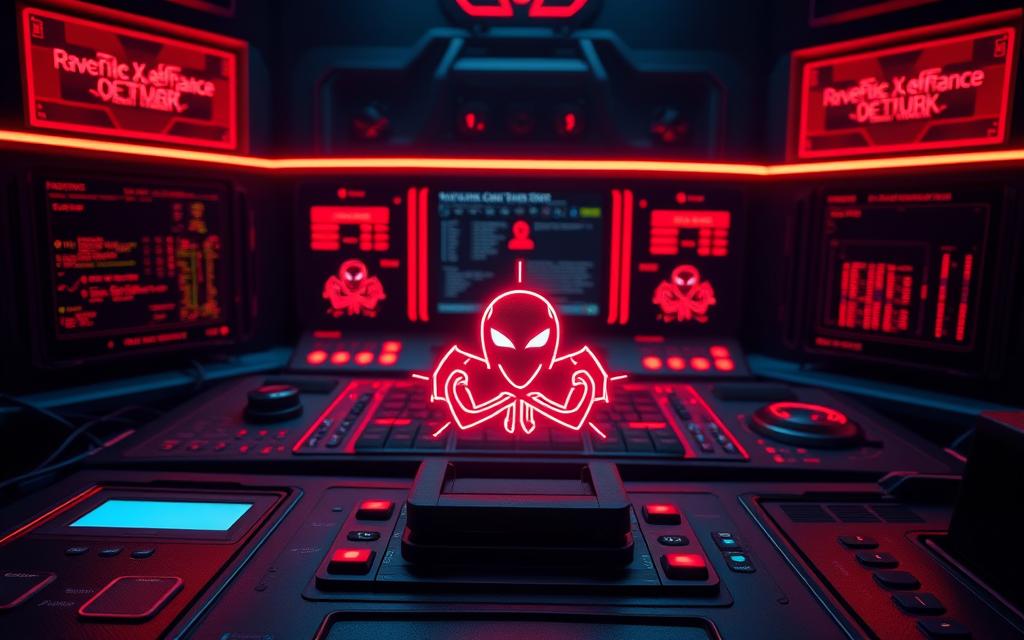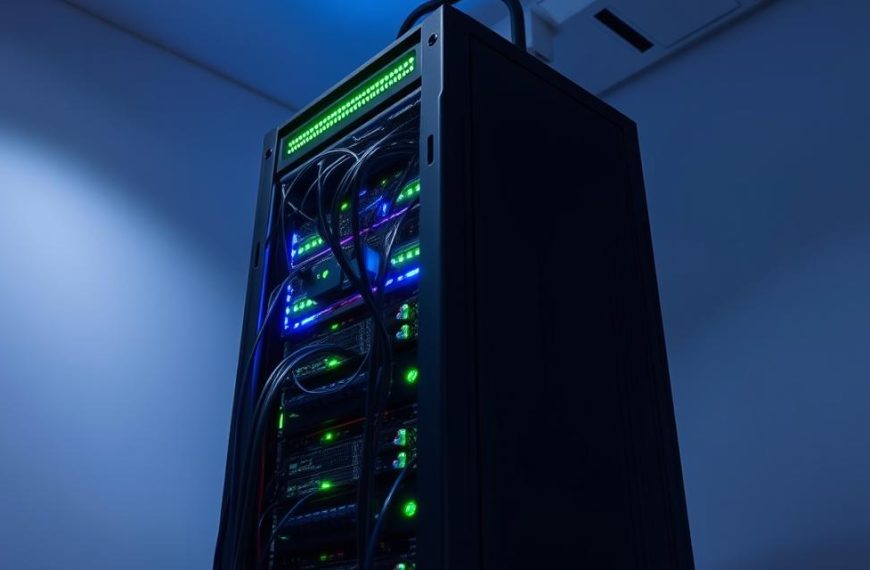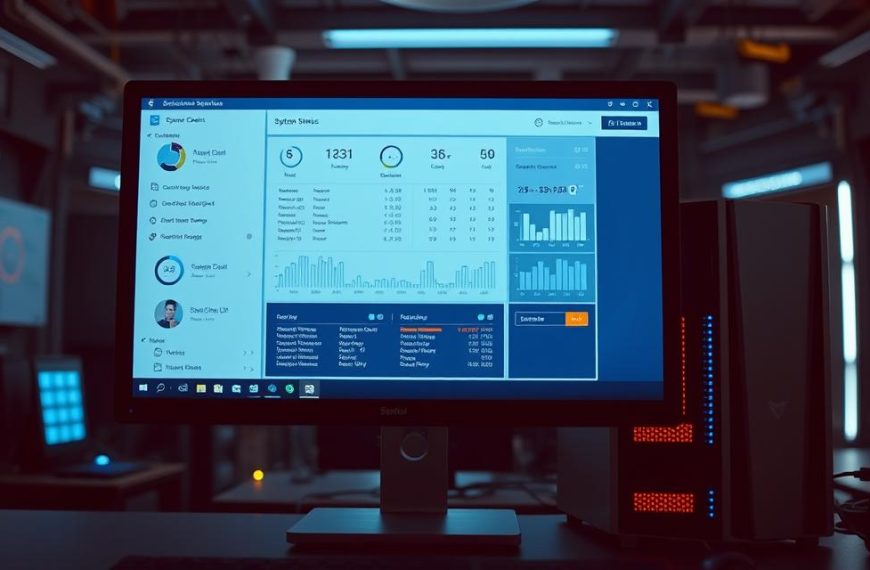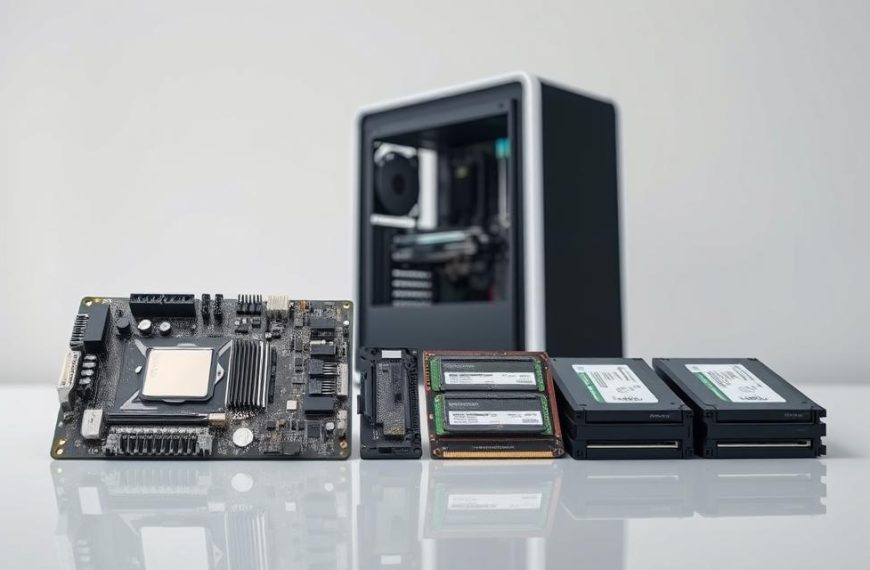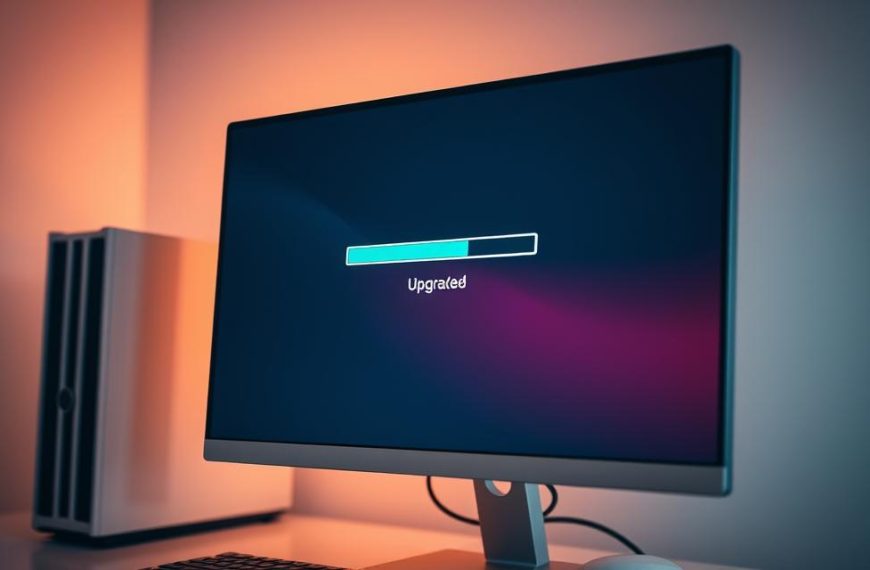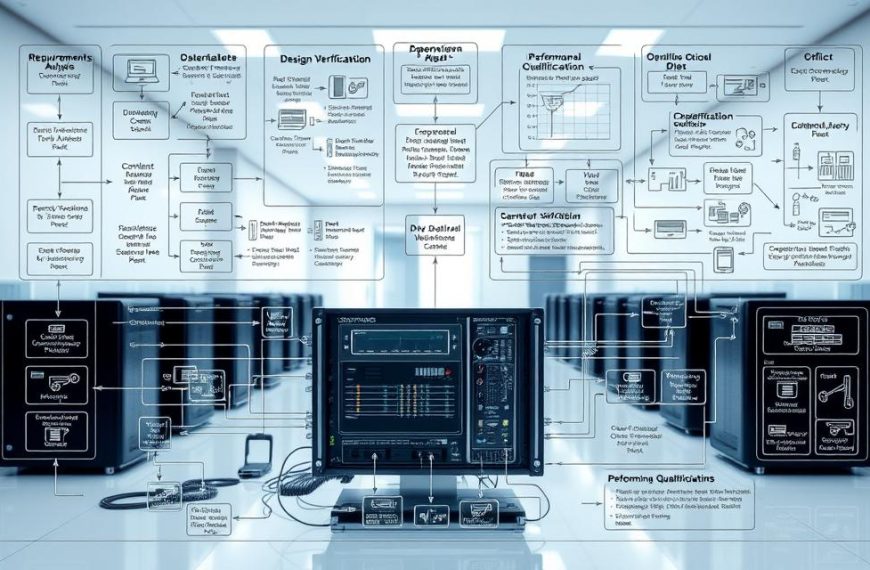In today’s digital world, advanced cyber threats are a big risk to security. Tools that give attackers admin control malware are very dangerous. They work quietly and take full control of systems.
Rootkits are a type of malware that hides itself. A rootkit explained is a set of tools that hides its presence. It gives attackers full access to systems.
Backdoors are also a big threat. They create secret ways into systems. This backdoor access lets attackers get in without being seen. Both rootkits and backdoors help attackers get more power on systems.
It’s important to know about these threats for good cybersecurity. They are hard to find and remove because they hide well. This makes them a big challenge for security teams.
Understanding Malware That Grants Administrator Privileges
Malware that gets administrator privileges is a big threat in cyber security. It’s not just about causing trouble. It’s about taking full control of a system.
What Constitutes Administrator-Level Access Malware
Malware that wants admin privileges aims to control systems at the highest level. It’s different from regular malware that might steal data or cause short-term problems. These programs find and use weaknesses to get more power.
They use many ways to get what they want:
- Kernel-level exploitation to bypass security mechanisms
- Credential theft through keyloggers or memory scraping
- Service manipulation to create persistent administrative access
- Configuration modification to disable security controls
The main goal is to get complete system authority. This lets attackers install more malware, steal data, or stay hidden for a long time.
How These Threats Differ from Standard Malware
Admin-level malware is much more dangerous than regular malware. While common threats might annoy or cause some damage, these threats aim for total control.
Here’s why they’re different:
“The difference between standard malware and admin-level threats is like comparing a burglar who steals your television versus one who takes ownership of your entire house”
| Characteristic | Standard Malware | Admin-Privilege Malware |
|---|---|---|
| Primary Objective | Immediate disruption or data theft | Persistent system control |
| Access Level | User or limited system access | Full administrator privileges |
| Detection Difficulty | Moderate to high | Extremely high |
| Removal Complexity | Relatively straightforward | Often requires complete system rebuild |
This shows why admin-level malware is a big threat in today’s cyber world.
The Evolution of Privilege-Escalating Malware
Malware that wants admin privileges has gotten smarter over time. It used to just exploit user-level weaknesses. Now, it targets deeper parts of the system.
Some key milestones include:
- Early 2000s: Kernel-mode rootkits targeting operating system cores
- Mid-2000s: Hardware-virtualisation based attacks
- 2010s: Firmware and BIOS-level persistence mechanisms
- Current era: Hypervisor-level attacks and cloud infrastructure targeting
This shows how malware keeps getting better. Modern admin-level malware is very sophisticated. It’s hard to detect and remove.
Knowing how malware has evolved helps security experts stay ahead. They can prepare for new threats and find better ways to defend against them.
What Malware Gives Administrator Level Control Over a Computer System
Many cyber threats aim to get unauthorised admin access. This part looks at malware families made for this goal. We’ll explore their unique ways and how they’re used in real life.
Rootkits: The Stealthy Administrators
Rootkits are top-notch malware for getting more power and staying hidden. They hide deep in operating systems, making them hard to find.
Kernel-Level Rootkits
A kernel mode rootkit works at the heart of an OS. It changes important parts to control everything. For example, the FU rootkit hides processes and files by changing system calls and data.
This makes it very hard to find, as it becomes part of the OS.
User-Mode Rootkits
User-mode rootkits work at the app level. They intercept calls between apps and the OS. The Hacker Defender rootkit does this by taking over legit processes to hide bad stuff.
They’re easier to spot than kernel-level ones but can control a lot.
Bootkit and Firmware Rootkits
Bootkit malware infects the boot record. The Rovnix bootkit shows how attackers can control a system before it starts. Firmware rootkits go further, putting malware in hardware. This makes infections hard to get rid of.
Backdoors: The Hidden Access Points
Backdoors let attackers keep access and control. They’re the practical use of admin access.
Remote Access Trojans (RATs)
RAT malware lets attackers control infected systems from afar. Zeus, for example, let thieves steal money and change system settings. It had features like keylogging and file management.
Web Shell Backdoors
A web shell attack uploads a script to a server. It creates a secret way for attackers to control the server. They can do things like run commands and upload files, all through the web.
System Service Backdoors
Some backdoors pretend to be system services. By doing this, they start automatically when the system does. The Necurs rootkit used this trick to stay on systems for a long time.
Knowing about these malware types helps us understand how attackers take control. Rootkits for hiding and backdoors for access are a strong threat. We need smart ways to defend against them.
How Rootkits Operate and Maintain Control
Rootkits take control through a complex process that starts before anyone notices. They use advanced methods to hide deep in systems. This makes them hard to find and remove for regular security tools.
The Installation Process of Rootkits
Rootkits first get in through system exploitation of unpatched software. They often target old apps or OS flaws to sneak in undetected.
Phishing with malicious attachments is another way. Users open files that seem safe but hide rootkits. These then gain admin rights, often by bypassing Windows User Account Control or Linux sudo.
USB devices with autorun can also install rootkits. This shows how physical access can help digital attacks.
Techniques for Maintaining Persistence
Rootkits hide in key system areas that security tools rarely check. The Master Boot Record (MBR) is a favourite spot. Infections here load before the OS and most security starts.
Modern rootkits also target device firmware. This includes network cards, hard drives, and BIOS/UEFI. Firmware isn’t scanned often, and reinstalling the OS doesn’t remove these threats.
Kernel-level rootkits hook into OS functions. They intercept system calls to stay hidden. By changing kernel data, they hide files, processes, and connections from users and security apps.
| Persistence Technique | Location | Detection Difficulty | Removal Complexity |
|---|---|---|---|
| MBR Infection | Hard Drive Boot Sector | High | Requires boot sector repair |
| Firmware Implantation | Device BIOS/UEFI | Very High | Often requires hardware replacement |
| Kernel Hooking | Operating System Core | High | Needs specialised removal tools |
| Process Injection | System Memory | Medium | Easier but requires reboot |
Common Rootkit Behaviours and Activities
Rootkits show certain rootkit behaviour patterns to stay hidden. They use advanced cloaking to hide files and processes from users and system tools.
Many rootkits capture sensitive info like passwords and financial data. They do this by intercepting keyboard inputs at the kernel level, making detection hard.
Rootkits often create hidden backdoors for attackers to control systems remotely. These backdoors allow more malware, data theft, and system manipulation without users knowing.
Some rootkits disable security software. They do this by stopping processes, blocking updates, or changing security settings. This makes systems ready for more attacks, like ransomware or cryptocurrency mining.
Detecting and Preventing Admin-Level Malware Infections
Keeping your systems safe from advanced malware needs a strong security plan. These threats need special detection and prevention to protect your digital world.
Advanced Detection Techniques
Old antivirus solutions can’t handle admin-level malware because it’s so sneaky. New methods look for odd behaviour instead of just matching known threats.
Behavioural Analysis Methods
Behavioural analysis security watches your system live, spotting odd patterns that show trouble. It catches threats by what they do, not just their code.
Signs include weird network activity, strange system calls, and when malware tries to get more power. Modern tools are great at this.
Memory Forensics Approaches
Memory forensics checks your RAM for hidden malware that doesn’t write to disk. It’s perfect for finding rootkits that live in memory.
Tools can find code injections, hidden processes, and odd network links that scanners miss. Regular checks are key to good security.
Prevention Strategies and Best Practices
Being proactive can stop admin-level malware before it hits. These steps make it hard for attackers to get in.
System Hardening Measures
Hardening your system means making it less open to attacks. Important steps include:
- Keeping software up to date
- Turning off unused services and ports
- Using the least privilege for users
- Controlling what programs run with whitelisting
Network Security Controls
Strong network defences stop malware from spreading. Good controls are:
- Segmenting your network to slow down attacks
- Firewalls with strict rules
- Systems that watch for odd patterns
- Filtering traffic to block bad sites
Recovery and Removal Procedures
When malware strikes, quick and complete malware removal is vital. Admin-level threats need special care.
Start by booting in safe mode to limit the malware. Use tools made for malware removal of rootkits and backdoors.
In bad cases, you might need to wipe your system and start over. Always use clean backups to restore data after you’re sure it’s safe.
Some threats, like remote access trojans, can stay hidden if not fully removed. So, getting rid of them completely is key.
Conclusion
Rootkits and backdoors are major threats in the cyber world. They let attackers get deep into systems without being seen. This shows we must always be on guard.
To fight rootkits, we need a strong defence plan. We should update systems quickly and teach users about safety. Also, using top-notch endpoint protection and strong network defences is key.
This summary of admin malware stresses the need for a solid plan to fix problems. Companies should focus on stopping threats, finding them, and fixing them. A detailed strategy is the best way to face these growing dangers.

